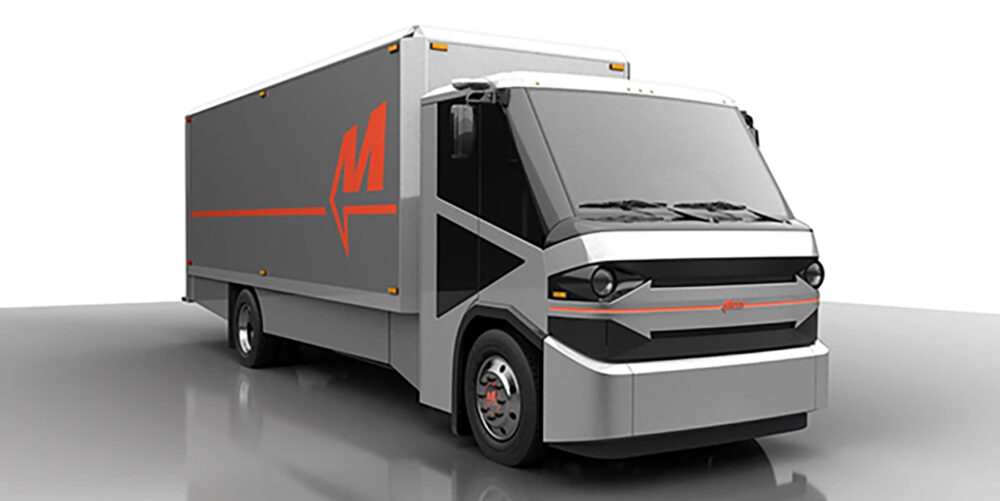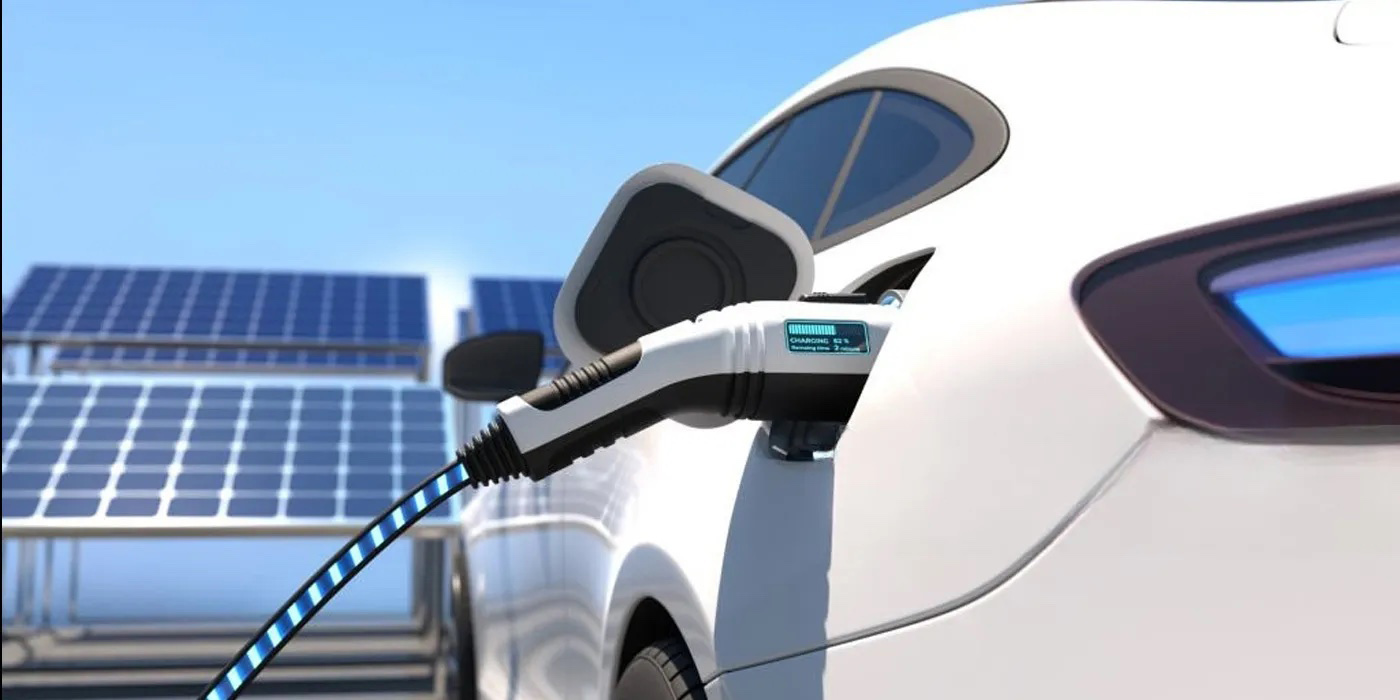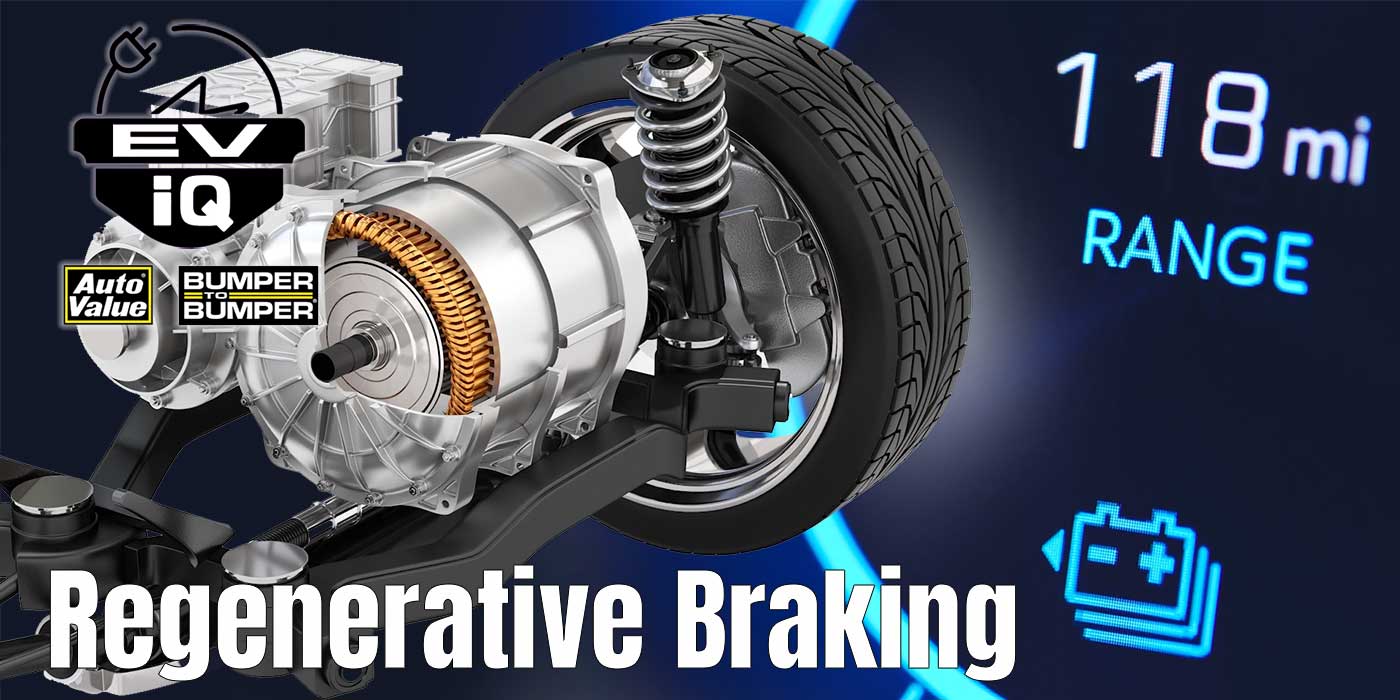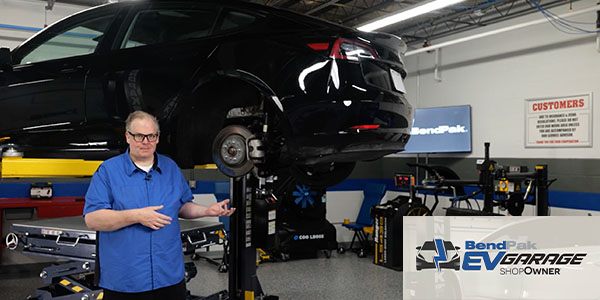Motiv Power Systems announced the new Argo Series electric truck featuring a medium-duty EV cab designed from the ground up, with customer-driven miles and fleet owner feedback built in. The launch of Argo is a strategic step for Motiv that will triple the company’s market size and equip it to help even more companies scale their electric fleets, the company said.
The Argo series is designed to support all medium-duty applications across Class 4-6 — including box trucks, step vans, shuttle buses, refrigerated vehicles, vocational vehicles and other specialties — and is built on top of Motiv’s next-generation powertrain, including industry-leading torque and a 150-200 mile range LFP battery.
Motiv, a longtime EV truck company with more than 14 years of experience providing all-electric vehicles capable of moving two to six-ton payloads for industry players like Cintas, Bimbo Bakeries and Purolator, has deployed more than 180 vehicles and driven more than 2.8 million miles with fleets across North America. Motiv said its Argo series comes at a time of unprecedented growth in the market for medium-duty EVs, driven by incoming regulations and ESG commitments.
“The market is demanding a proven solution that enables companies to confidently scale their EV vehicle fleets, which is where Motiv steps in: Argo combines our proven powertrain technology with a new driver-centric cab to deliver an unparalleled EV experience,” said Tim Krauskopf, CEO of Motiv Power Systems. “In California for example, the Advanced Clean Fleet Rule is set to go into effect on January 1, 2024, and the state needs roughly 20,000 new zero emission medium-duty EVs on the road by the end of 2024. The Argo Series will help meet the growing demand of many companies waiting for an EV solution capable of supporting a wide range of applications.”
“After years of helping fleets put EVs on the roads, Motiv has the right combination of daily route experience and expertise to design and build its own cab — the next step toward becoming a full-featured original equipment manufacturer,” said Jim Castelaz, Motiv’s founder and CTO. “Many have joined the commercial EV space by jumping in headfirst and starting with ultra-modern, flashy designs that don’t always offer practical driving experiences. Motiv, on the other hand, has carefully applied insights gathered over the last decade to create Argo, a truck that marries the reliability and work focus of Motor City with Silicon Valley innovation.”
The new Argo vehicles will boast a futuristic cab that was designed from the ground up for an electric vehicle, distinguishing it from traditional internal combustion trucks while maintaining the utility of the vehicle. Key design features promote:
- Energy efficiency: Energy optimization in the Argo cab’s composite structure, including windshields with built-in heat to save on defrosting energy, seats heated with specially-designed airflow and a shorter bumper-to-back-of-cab distance to create more maneuverable trucks. The weight savings of composites means more payload, offsetting incremental battery weight, the company said.
- Driver comfort: The Argo cab features a command seating position informed by customer experience to relieve driver fatigue and decrease work compensation-related injuries. This feature provides superior visibility and ergonomics compared to conventional cabs, includes sightlines at the four points of the vehicle, incorporates lower belt lines for better visibility and features door access with full size interior steps, the company said.
- Safety: The Argo Series leverages both active and passive safety features and provides visibility and ingress/egress for the driver.
- Thermal performance: Built from structural composites, the Argo cab uses less battery energy to keep the driver comfortable, which translates to more energy available for driving range. The advanced thermal performance also lends itself to less road noise, ultimately reducing driver fatigue, the company said.
The Argo Series vehicles, manufactured in the U.S. and eligible for the IRA tax credit and as well as select incentives, are currently available for pre-order and will be on the road in late 2024.













